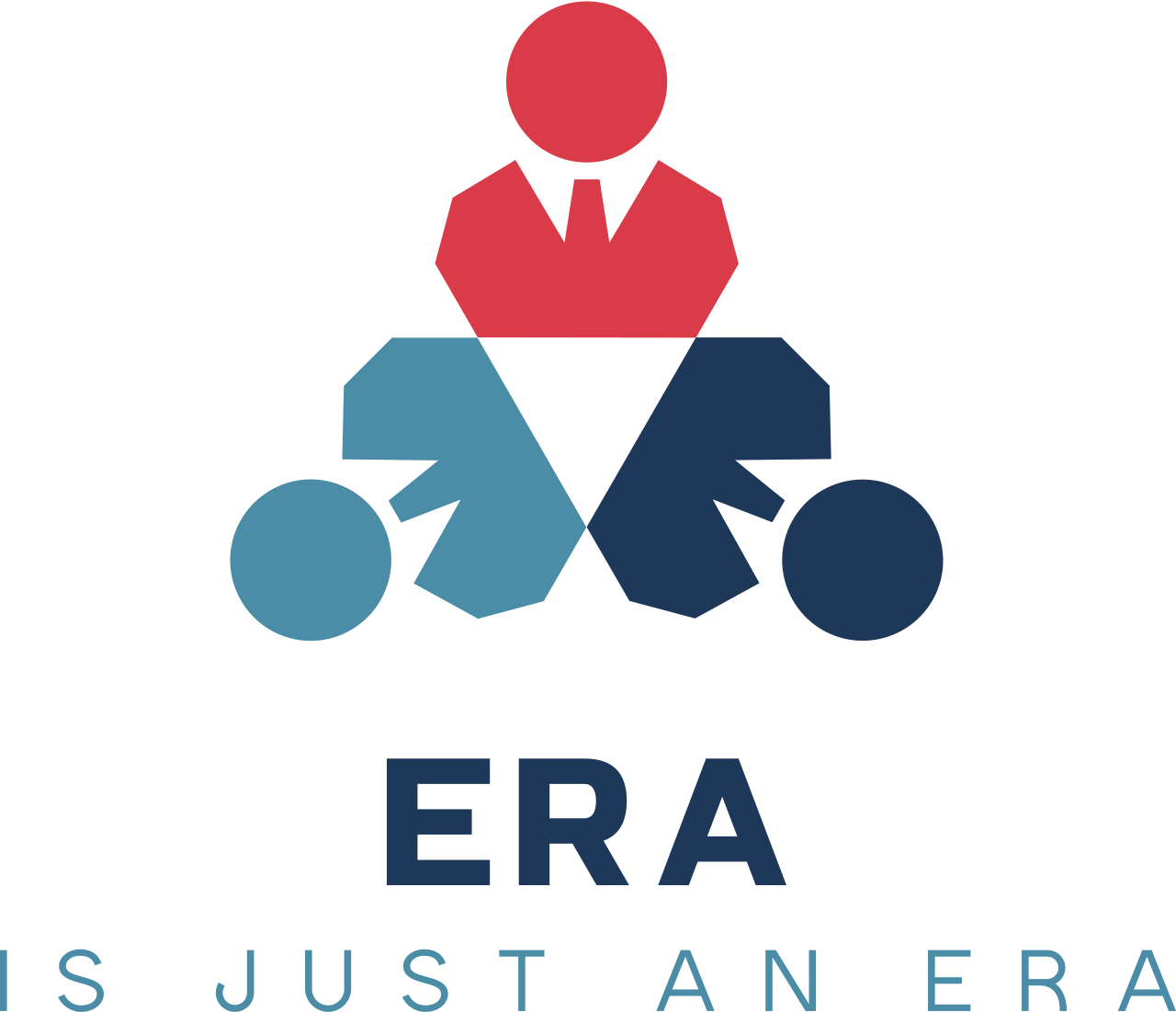Innovative Adaptations in Global Workforce Mobility
What novel frameworks can be developed to assess and support expatriates navigating politically and culturally 'difficult' locations, based on the expert discussions and risk assessment strategies highlighted in the text?
The post-pandemic era has ushered in transformative shifts in strategies for managing global workforce mobility. Driven by rapid technological advances and profound socio-political changes, organizations are rethinking traditional expatriation practices and exploring strategic innovations that bridge the gap between business objectives and the evolving needs of international talent.One major breakthrough in this evolving landscape is the recalibration of expatriation policies. Historically, companies deployed expatriates based primarily on corporate needs. Today, however, businesses are increasingly factoring in employee well-being, leveraging digital tools and data analytics to craft strategies that optimize both organizational goals and individual growth. This shift not only redefines the role of global mobility managers but also emphasizes a more people-centric approach that adapts to the nuanced challenges of today’s VUCA (volatility, uncertainty, complexity, and ambiguity) environment.Another innovative trend is the integration of artificial intelligence into human resource management. AI is being used to analyze diverse datasets from multiple cultures and markets, creating bespoke training and development programs. These algorithms are evolving to be more precise and personalized, offering a dual benefit: enhancing employee skills while aligning with the strategic priorities of multinational enterprises. The promise of AI in this realm goes beyond traditional training methods, enabling organizations to navigate the intricacies of global talent management with agility and foresight.Furthermore, the phenomenon of self-initiated expatriation has opened new avenues for talent mobility. Driven by personal, political, or financial motivations, these movements highlight a more organic interplay between global citizens and businesses. By examining these trends, companies are reconsidering their international staffing policies, potentially reallocating resources to retain critical expertise and sustain competitive advantage. This fresh perspective challenges established paradigms around talent migration and calls for innovative research into how organizations can effectively harness and nurture this unique pool of talent.In summary, as globalization continues to be redefined, the convergence of AI, responsive HR strategies, and a renewed focus on employee welfare is setting a dynamic course for the future of global mobility management.
